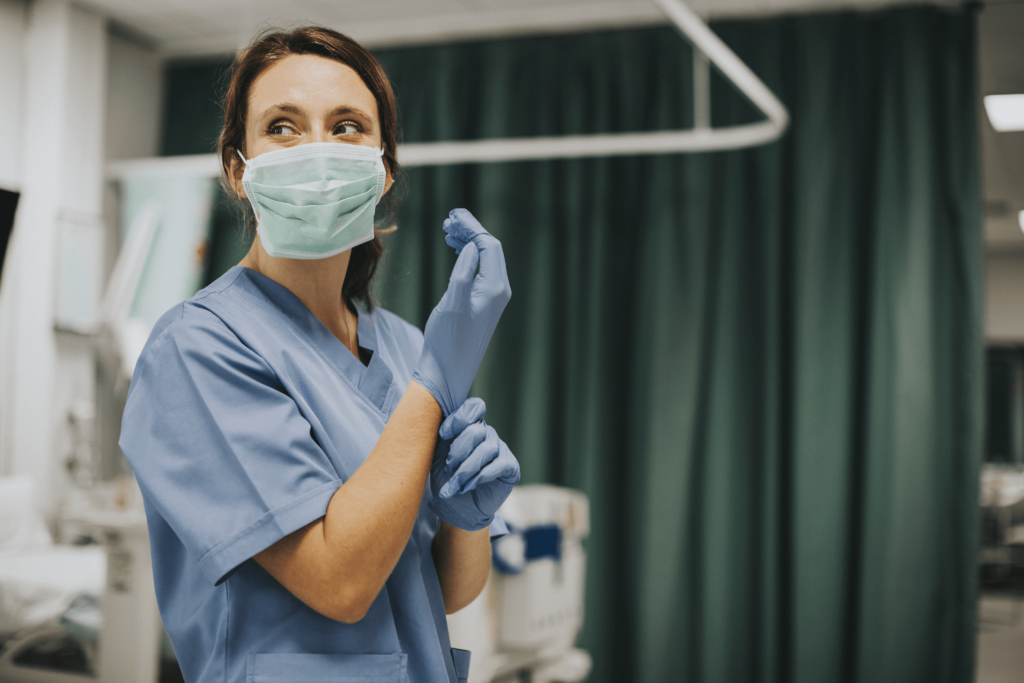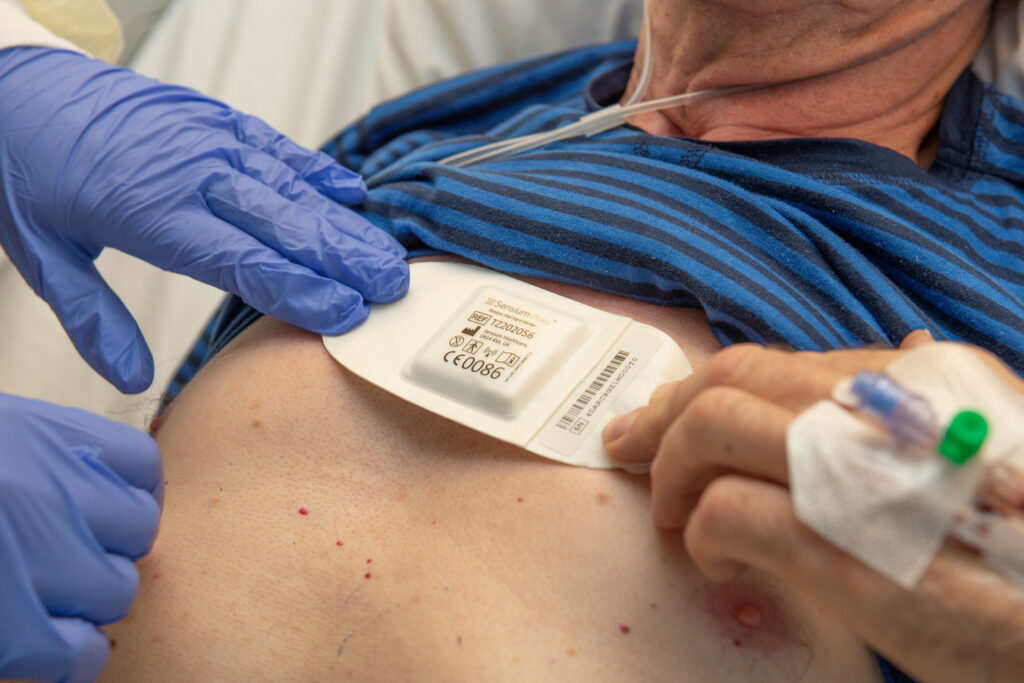The recently published study ‘Trial of remote continuous versus intermittent NEWS monitoring after major surgery (TRaCINg)’, compared the use of the Sensium System as an adjunct to NEWS monitoring to standard NEWS monitoring alone. The additional continuous monitoring with the Sensium system lead to a 30% reduction in length of stay and 80% less Critical Care transfers, compared to the control group. Looking at the cost-utility of a wearable monitoring system, the paper details that Sensium was cost-saving when compared to standard NEWS monitoring, with a £1,460 cost reduction per patched patient. Additionally, Monte-Carlo simulations showed that the likelihood of cost-saving to be 70%.
Additionally, 87% of the Sensium continuous monitoring group reported agreement or strong agreement with the statement “The patch is comfortable to wear”. Similarly, the Sensium continuous monitoring group reported positively on the statement “I felt safer wearing the patch”
The trial took place on two surgical wards at the St James’s University Hospital in Leeds, from October 2018 – April 2019. The 135 patients recruited were to undergo major abdominal surgery. 65 patients were monitored using the standard NEWS observations, while 60 patients had additional continuous Sensium monitoring.
The study’s primary aim was to determine the feasibility of performing a large-scale individually randomised controlled trial of continuous remote monitoring after major surgery. The study also aimed to informally assess the potential safety, potential efficacy, acceptability and potential cost-utility of a wearable, remote monitoring system for patients after major surgery, as compared to standard monitoring with NEWS alone.





